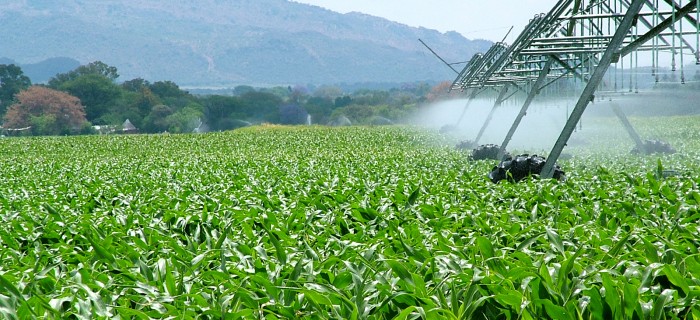Ten Reasons why Biotechnology will not ensure Food Security, Protect the Environment and Reduce Poverty in The Developing World
Recently La Via Campesina, ETC and Grain released a report denouncing how biotechnology is “showing up at FAO” and explaining why this is a threat for the food sovereignty movement.Here we share some excerpts of a paper that explain WHY biotechnology is not an option to overcome food injustices.
Ten Reasons why Biotechnology will not ensure Food Security, Protect the Environment and Reduce Poverty in The Developing World
By Miguel Altieri and Peter Rosset
Biotechnology companies often claim that genetically modified organisms (GMOs) — specifically genetically altered seeds — are essential scientific breakthroughs needed to feed the world, protect the environment, and reduce poverty in developing countries. The Consultative Group on International Agricultural Research (CGIAR) and its constellation of international centers around the world charged with research to enhance food security in the developing world echo this view, which rests on two critical assumptions. The first is that hunger is due to a gap between food production and human population density or growth rate. The second is that genetic engineering is the only or best way to increase agricultural production and, thus, meet future food needs.
Our objective is to challenge the notion of biotechnology as a magic bullet solution to all of agriculture’s ills, by clarifying misconceptions concerning these underlying assumptions.
- There is no relationship between the prevalence of hunger in a given country and its population.
- Most innovations in agricultural biotechnology have been profit-driven rather than need-driven.
- The integration of the seed and chemical industries appears destined to accelerate increases in per acre expenditures for seeds plus chemicals, delivering significantly lower returns to growers.
- Recent experimental trials have shown that genetically engineered seeds do not increase the yield of crops.
- Many scientists claim that the ingestion of genetically engineered food is harmless. Recent evidence, however, shows that there are potential risks of eating such foods as the new proteins produced in such foods could: (1) act themselves as allergens or toxins; (2) alter the metabolism of the food producing plant or animal, causing it to produce new allergens or toxins; or (3) reduce its nutritional quality or value. In the case of (3), herbicide resistant soybeans can contain less isoflavones, an important phytoestrogen present in soybeans, believed to protect women from a number of cancers.
- Transgenic plants which produce their own insecticides, closely follow the pesticide paradigm, which is itself rapidly failing due to pest resistance to pest resistance to insecticides. Instead of the failed “one pest-one chemical” model, genetic engineering emphasizes a “one pest-one gene” approach, shown over and over again in laboratory trials to fail, as pest species rapidly adapt and develop resistance to the insecticide present in the plant.
- The global fight for market share is leading companies to massively deploy transgenic crops around the world (more than 30 million hectares in 1998) without proper advance testing of short- or long-term impacts on human health and ecosystems.
- There are many unanswered ecological questions regarding the impact of transgenic.
- As the private sector has exerted more and more dominance in advancing new biotechnologies, the public sector has had to invest a growing share of its scarce resources in enhancing biotechnological capacities in public institutions, including the CGIAR, and in evaluating and responding to the challenges posed by incorporating private sector technologies into existing farming Such funds would be much better used to expand support for ecologically based agricultural research, as all the biological problems that biotechnology aims at can be solved using agroecological approaches.
- Much of the needed food can be produced by small farmers located throughout the world using agroecological technologies.
This paper was originally published on AgBioForum – Volume 2, Number 3 & 4 – 1999 – Pages 155-162
Stay in the loop with Food First!
Get our independent analysis, research, and other publications you care about to your inbox for free!
Sign up today!

 Help Food First to continue growing an informed, transformative, and flourishing food movement.
Help Food First to continue growing an informed, transformative, and flourishing food movement.




